Where’s Singapura?: Illustrator Lee Xin Li’s show is big on nostalgia
SINGAPORE — If there is one artwork that every Singaporean should take a long, good look at, it’s Lee Xin Li’s Peta Singapura II.
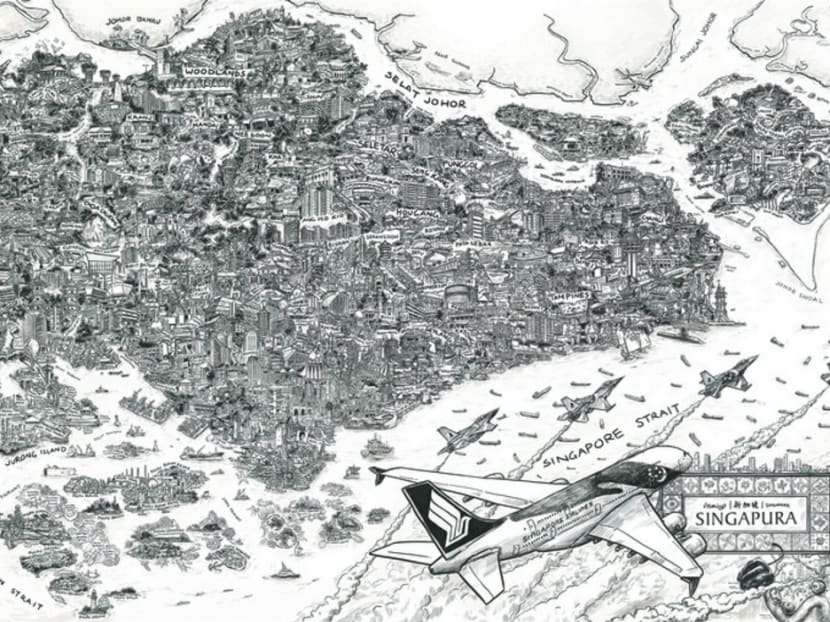
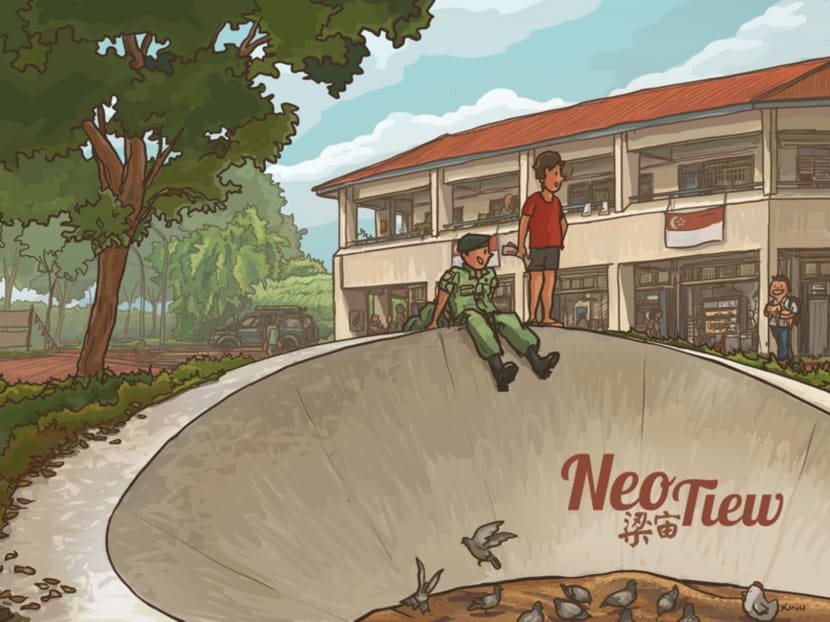
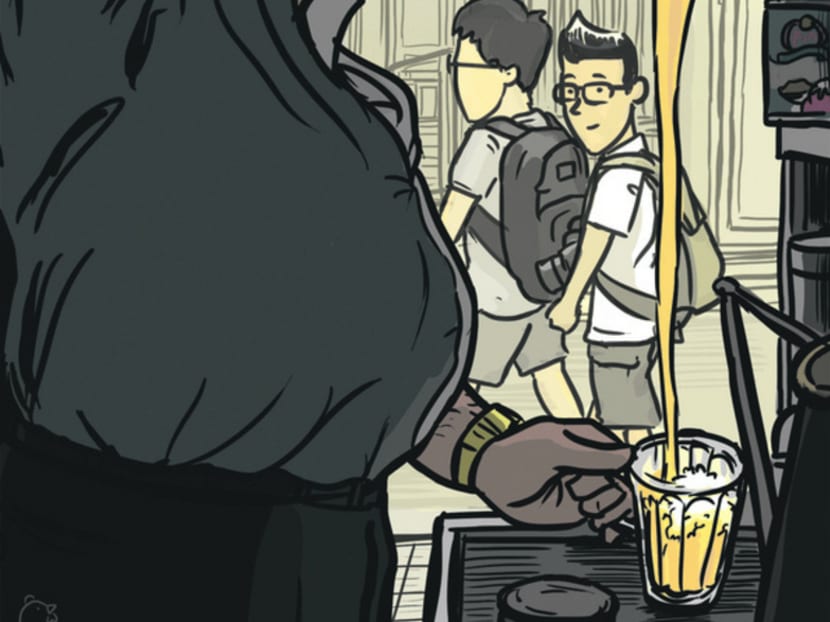
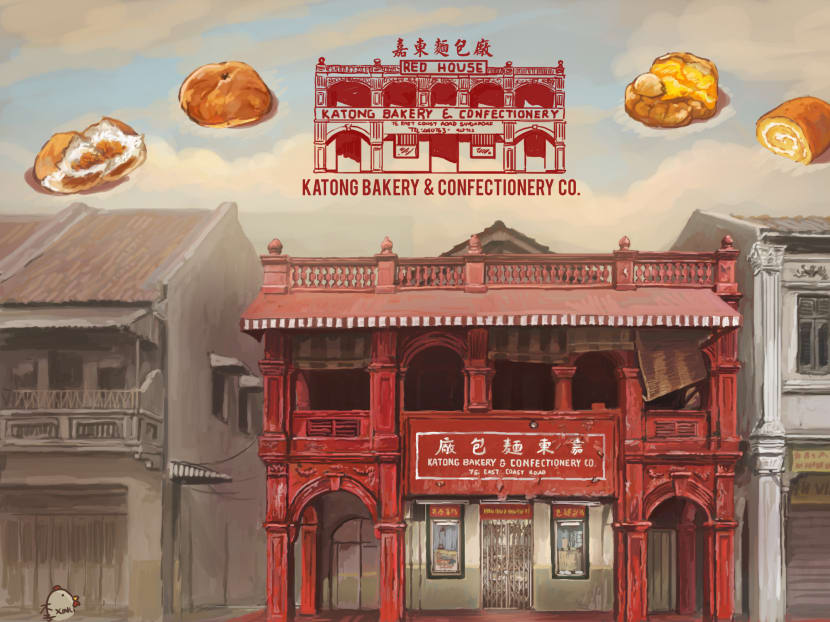
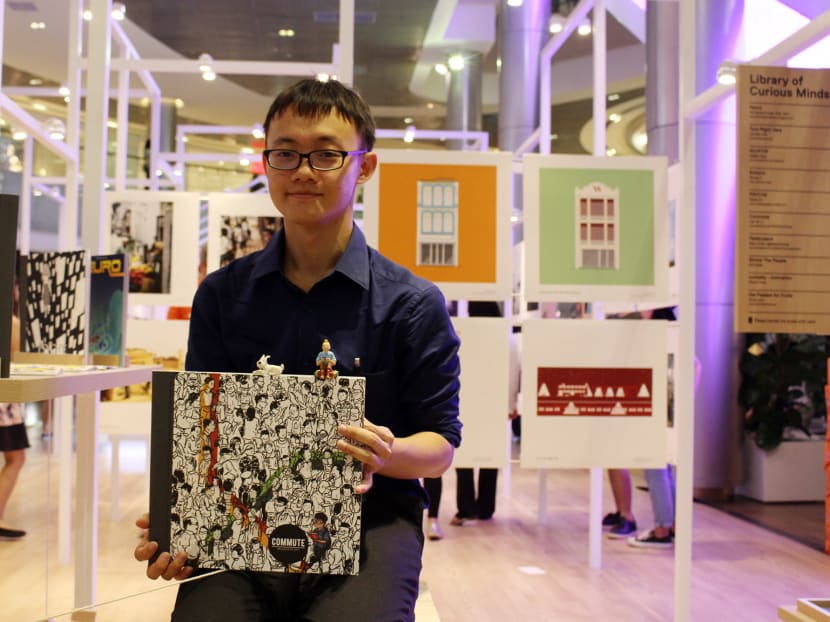
SINGAPORE — If there is one artwork that every Singaporean should take a long, good look at, it’s Lee Xin Li’s Peta Singapura II.
Looming large at 6.33m x 2.74m, the digital painting of Singapore is part of the illustrator’s ongoing, first solo exhibition Sayang Singapura at the Urban Redevelopment Authority’s (URA) Singapore City Gallery.
Every nook and cranny of it is filled with the smallest insider detail and sometimes long-forgotten information: The pineapple playground in Tampines, Dr Sun Yat Sen’s visage in Balestier (a nod to the Sun Yat Sen Nanyang Memorial Hall there), elephants in Buangkok (remember the white elephant debacle for its station?) and, for this writer, the words “Dona Manis” — an old cake shop famous for its banana pie — above Mountbatten Shopping Centre.
What’s more amazing was the fact that Lee managed to add more recent pop culture references, such as actor Chen Tian Wen and the lyrics to Chen’s hit Stunned Like Vegetable at East Coast Beach, where the music video was filmed.
It’s a bit like Where’s Wally, Singapore-style.
“(Such details) are meant for people to discover,” revealed the 28-year-old Lee, who picked up doodling as a child and graduated from the National University of Singapore’s School of Architecture last August.
Currently working at DP Architects, Lee is best known for his posters of different kuehs in Singapore and nostalgic images of Singapore such as Chong Pang Village.
Peta Singapura II is three times the size of Peta Singapura I, which Lee first did in 2014 and whose prints are currently sold at homegrown retail store Naiise.
As for this current huge piece, Lee said he spent last year doing research “on and off”, consulting old nautical maps for names of locations, such as Red Cliff Bank off the coast of Changi, and digging up information on websites such as the Urban Explorers of Singapore. Once he had enough material, he spent a month completing the work.
Besides Peta Singapura II, Lee’s exhibition features a selection of his other works and personal journeys set against the larger urban planning work done by URA in the Singapore City Gallery.
The title of the exhibition, Sayang Singapura, is such because “sayang” means both “love” and “a pity” in Malay. No surprise then that many of the images curated for the exhibition features places that have been transformed, their heyday long gone, such as Haw Par Villa, Tanjong Pagar Railway Station and Red House Bakery.
With their gentle depiction of past and everyday scenes, Lee’s works evoke a strong sense of nostalgia.
“Nostalgia is not simply a yearning for the past because of the fast-paced transformation taking place in Singapore,” Lee said. “It goes deeper, and I think it stems from a deep uncertainty or search for a national identity among us.”
Q: What are some of your most popular illustrations and what do people like about them?
A: Three of my most popular works are the Kueh Series, the People’s Park Complex and the drawing of the Missing Man Formation by the Republic of Singapore Air Force Black Knights during the State Funeral of the late Mr Lee Kuan Yew. I think one of the consistent responses I get is how the illustrations have elements that people can relate to, making them “accessible”. Some pieces also have a dream-like quality that people hope to see in their familiar Singaporean landscapes, and it is perhaps this balance of familiarity and dream that draws viewers in.
Q: If you could draw the future landscape of Singapore, what would you want our city to be like?
A: I hope it would be a city where we have a fine balance of old and new, and a city that seeks character development rather than short-term hardware development. I hope to live in a Singapore where there are stories to be told for generations, like the survival of an intangible heritage, and let these characters shape the city. In the next half a century, character development with strong infrastructural support will define what Singapore really is beyond shopping malls or a brand-new airport terminal.
Q: Do you have a favourite building in Singapore?
A: One of my favourite buildings is the Old Kallang Airport, even though I have only been there twice. The aesthetics hail from an era where such buildings are not built anymore, much like the Croydon Airport in London. It is a remnant of an early chapter in aviation history and it has great significance in Singapore’s history. If you get the chance to explore inside, the space is a little surreal because of the contrast with the world outside. The former Tanjong Pagar Railway Station is also somewhat like that, whereby the building is seemingly becoming more out of context as the cityscape changes.
Q: What’s the best thing you’ve discovered about Singapore in the course of doing your illustrations while out and about?
A: The experience of listening to Geraldene Lowe, one of Singapore’s oldest tour guides. I joined one of her tours about planes, aviation and World War II, which started from Dempsey before going to Kallang Airport, Taiseng, RSAF Museum, Changi Village and Changi Chapel. It’s like (listening to) a recording of Singapore’s history with her vivid descriptions of Singapore landscapes and the memories associated with them. It felt like travelling back in time.
Sayang Singapura runs until April 30 at URA’s Singapore City Gallery Level Three. Free admission.





